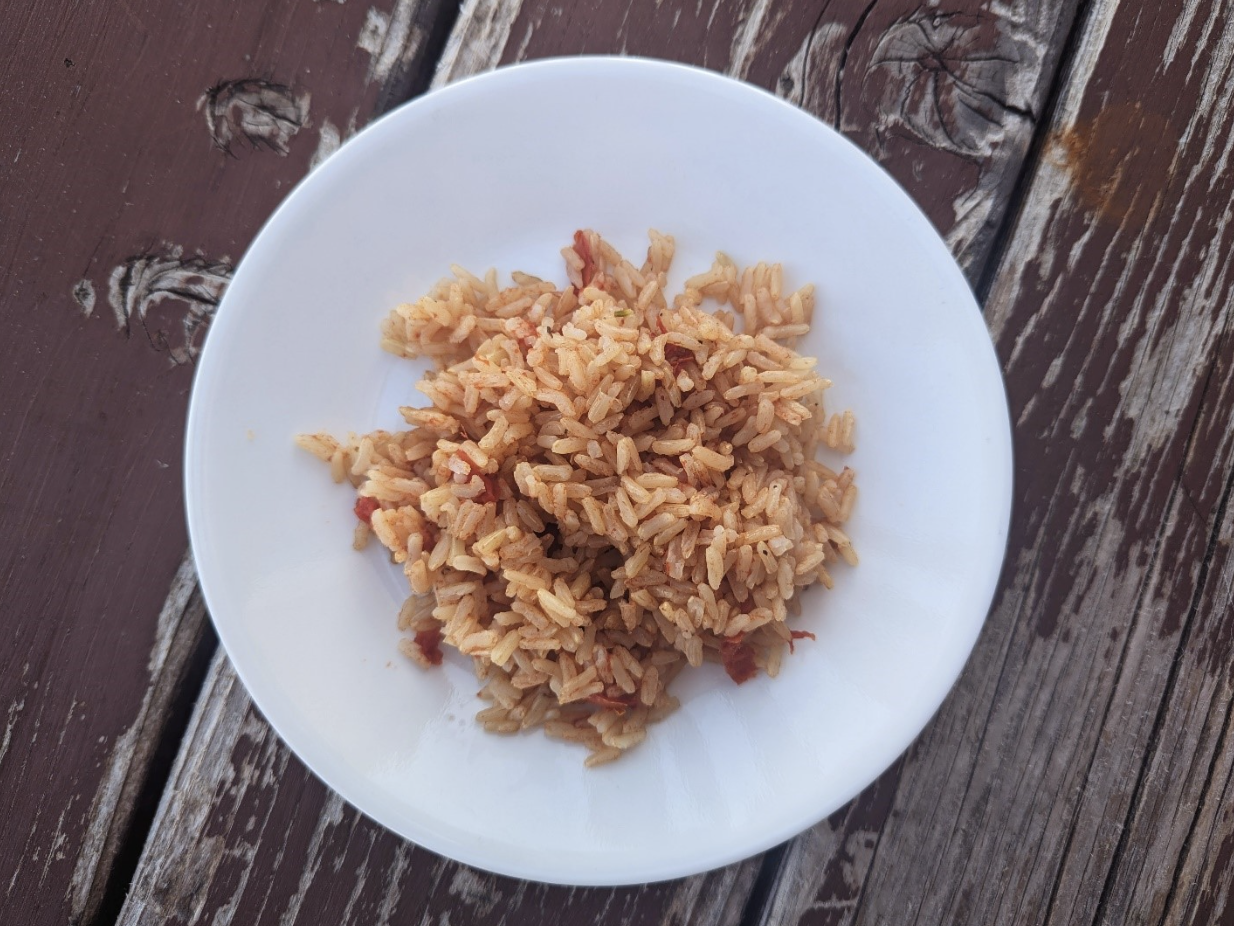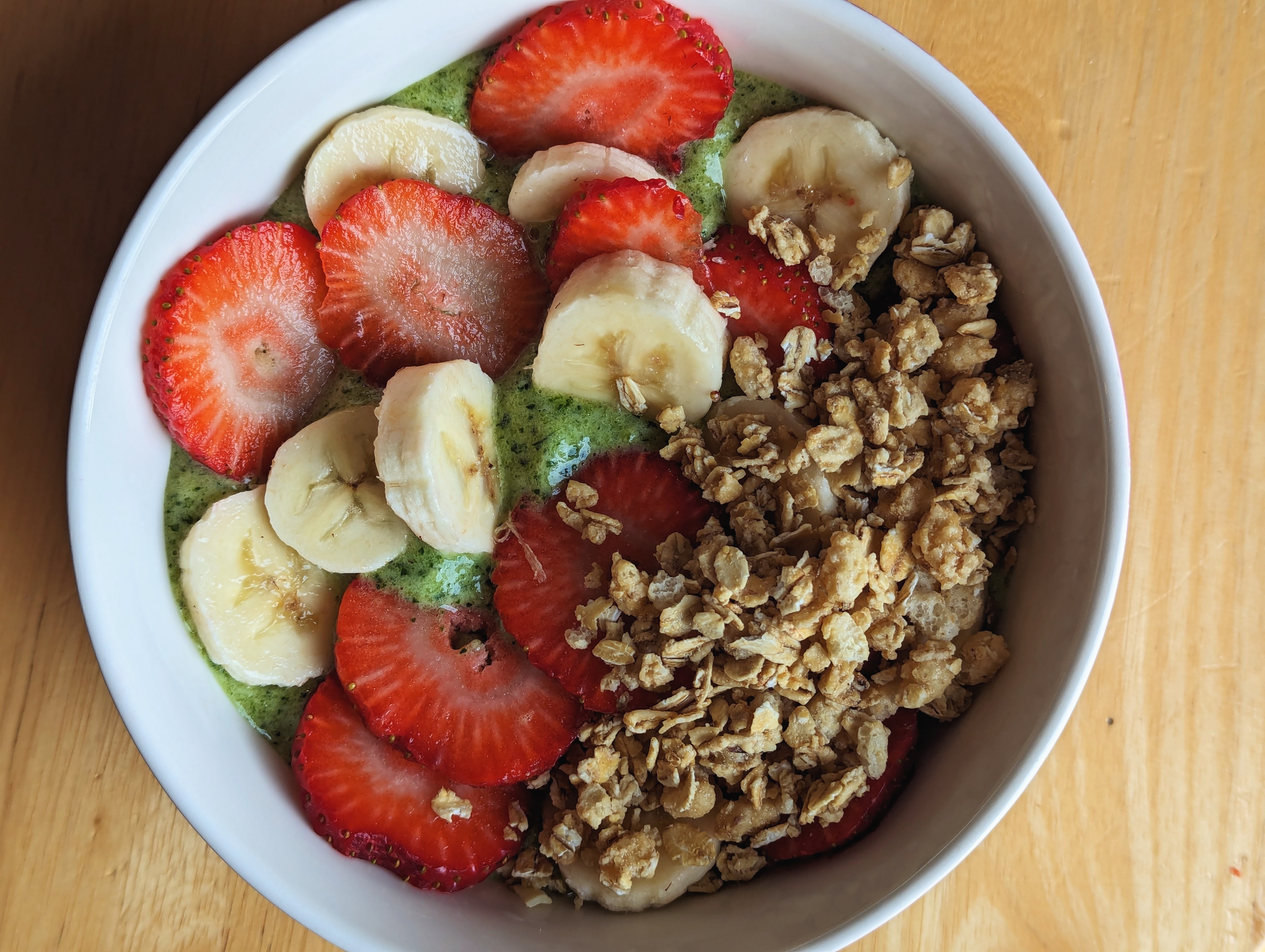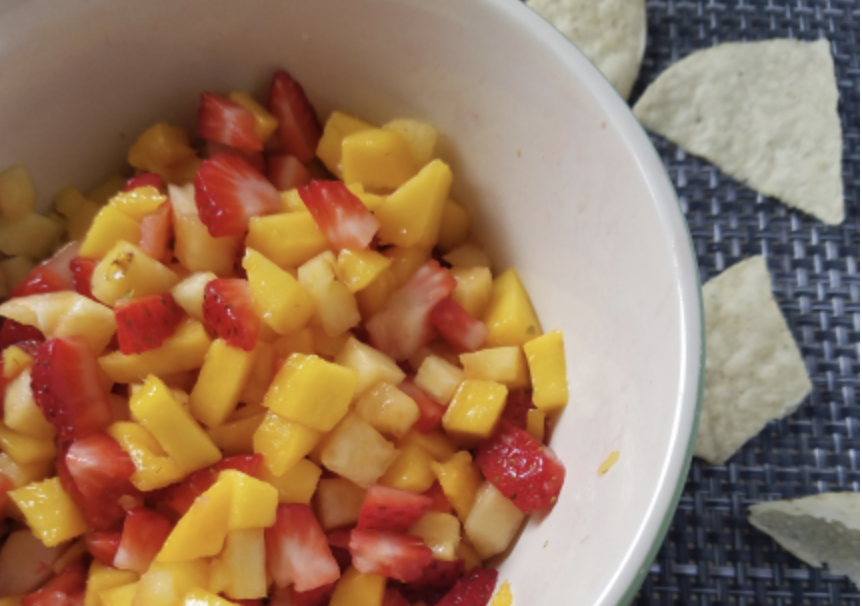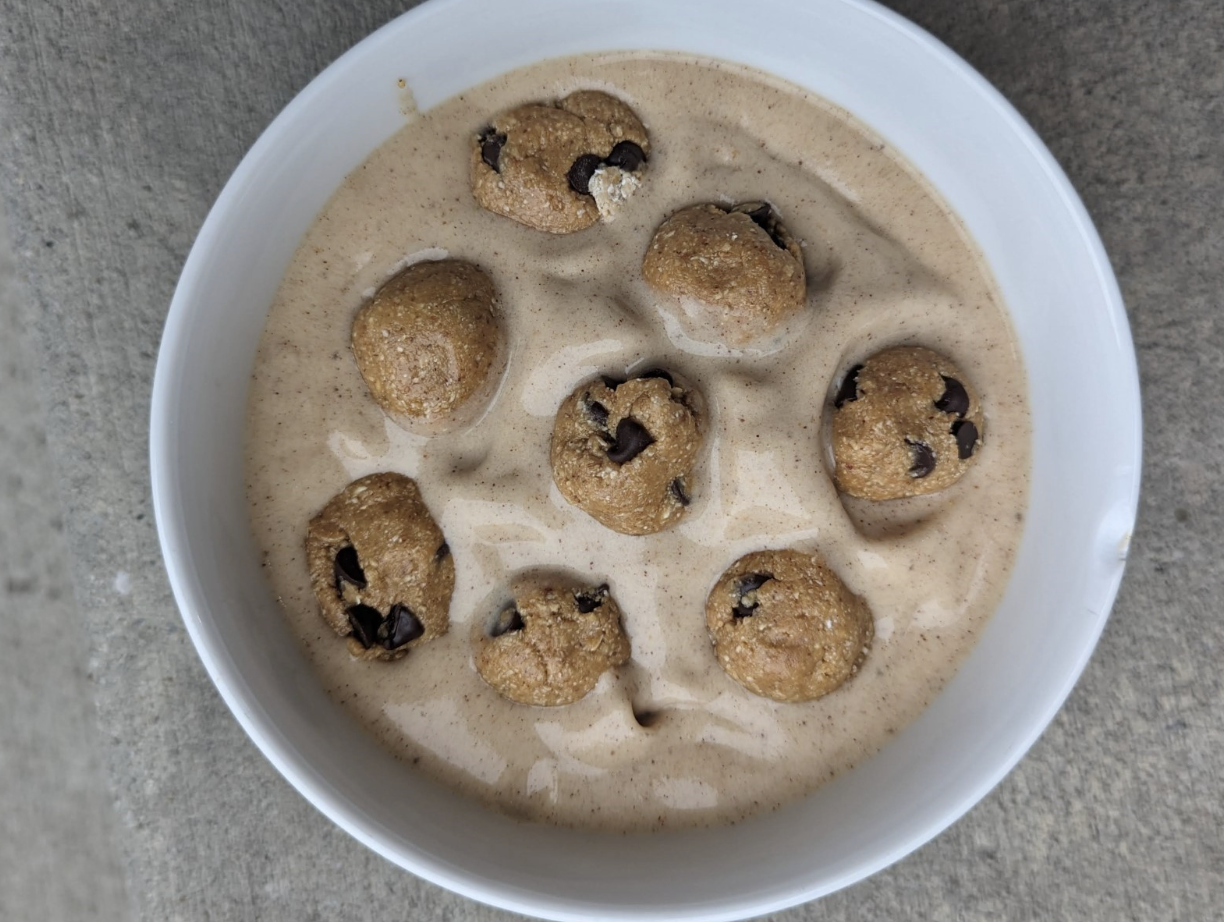Nutritional Powerhouses: Spinach and Artichoke

When it comes to nutritional powerhouses, few vegetables can rival the dynamic duo of spinach and artichoke. Packed with essential vitamins, minerals, and antioxidants, these greens not only add flavor to your meals but also offer a myriad of health benefits.
In this blog post, we'll explore the nutritional goodness of spinach and artichoke, highlighting their seasonal availability and referencing information from the MyPlate USDA's website.
Spinach: A Mighty Leafy Green
Spinach, known for its vibrant green leaves, is a nutrient-rich leafy green that deserves a prime spot on your plate. Here's a snapshot of its nutritional profile per 100 grams:
- Calories: 23 kcal
- Protein: 3 g
- Fiber: 2 g
- Vitamin A: 9377
- Vitamin C: 28.1 mg
- Iron: 3 mg
- Calcium: 99 mg
Seasonal Availability: Spinach is a versatile vegetable that thrives in both cool and warm weather. While it can be grown year-round, its peak season varies by region. In general, spinach is most abundant during the spring and fall months. Check your local farmers' markets or grocery stores for the freshest spinach during these seasons.
MyPlate USDA's Insight: According to the MyPlate guidelines, spinach is classified as a dark green vegetable and is recommended as part of a balanced diet. It provides essential nutrients like iron, vitamin A, and vitamin C, contributing to overall health and well-being.
Artichoke: A Unique Vegetable Experience
Nutritional Information: Artichokes are more than just a delicious appetizer – they can contribute to our daily nutritional needs. Here's a glimpse of what you'll find in 100 g of raw artichoke:
- Calories: 53
- Protein: 3 g
- Fiber: 6 g
- Vitamin C: 7 mg
- Folate: 89 mcg
- Magnesium: 42 mg
Seasonal Availability: Artichokes are typically in season during the spring and early summer, making them a delightful addition to your warm-weather meals. Keep an eye out for fresh artichokes at your local market or grocery store during these months.
MyPlate USDA's Insight: The MyPlate guidelines recognize artichokes as a vegetable that adds variety to your diet. They are low in calories and a good source of dietary fiber, promoting digestive health.
Pairing Spinach and Artichoke
Combining spinach and artichoke in dishes not only creates a tantalizing flavor profile but also boosts the nutritional content of your meals.
Whether in salads, dips, or cooked dishes, these two vegetables complement each other in taste and health benefits. Whether enjoyed separately or combined in delicious recipes, spinach and artichoke deserve a special place on your plate for their exceptional nutritional value.
Enjoy this free spinach artichoke dip recipe!
-Captain Create
Spinach Artichoke Dip Recipe
Recipe adapted from the Clean Eating Couple blog
Ingredients:
- 6 oz frozen or fresh spinach
- 14 oz can of artichoke hearts
- 1/2 cup cottage cheese
- 1/2 cup low fat mozzarella cheese
- 1/2 cup parmesan cheese
- 1/2 tsp salt
- 1/2 tsp cracked black pepper
- 1/2 tsp garlic powder
- 1 cup low fat plain Greek yogurt
Directions:
- Dethaw frozen spinach and drain any excess water (this step is only necessary if using frozen spinach)
- Shred parmesan and mozzarella cheese if not already shredded.
- Preheat oven to 400F and add all of the ingredients to a baking pan, mix till all ingredients are evenly incorporated.
- Bake for 20 minutes, serve with tortilla chips or on whole wheat bread for a cheesy spinach artichoke sandwich.

If you enjoyed this recipe, make sure to check out our other posts!





















